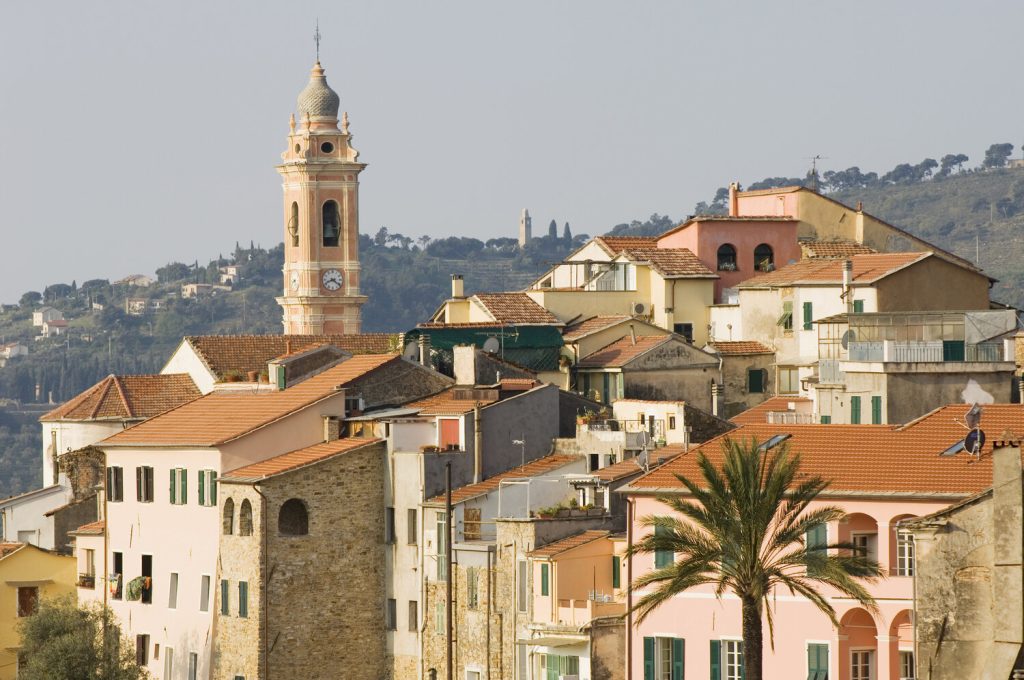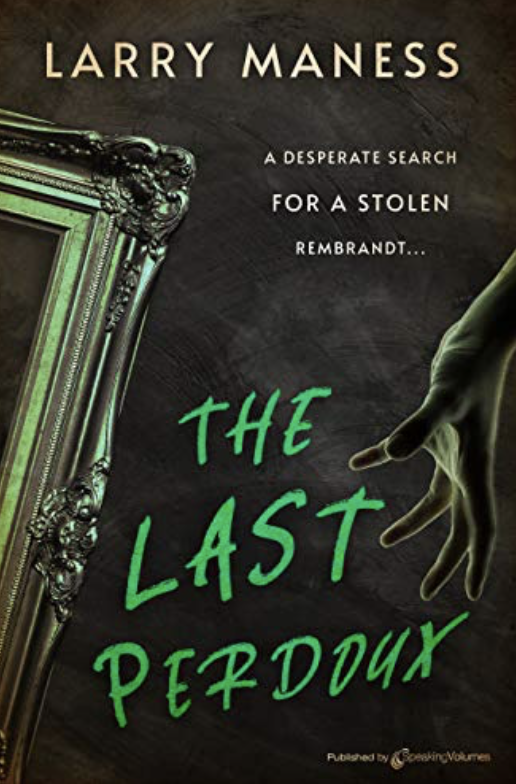Book Review: Romantic Towns, a Stolen Rembrandt and a Deadly Dad

Cevitta, Italy, standing in for the towns visited by Theo Zachary in THE LAST PERDOUX. Photo Credit: NorthLightImages
If you’re looking for bookish relief from the problems that seem to surround us all these days, Dr. Stilson has a personal prescription: an un-put-down-able mystery novel, THE LAST PERDOUX, written by Larry Maness.
Those of you who know my writing tendencies, and my novel THE JUICE in particular, may assume that this novel falls in the realm of the fantastic. But my reading interests are fairly wide. And Maness’s book is the kind of detective yarn that might make you conjure up an old-fashioned Humphrey Bogart movie, complete with romantic settings, untrustworthy dames, buffoonish chumps and mentally damaged masterminds.
That might sound too pat, but Maness has artfully taken time-tested base material and brightened the lot into something original. It reminds me of how any number of chefs combine rice, saffron and shellfish into a dry but serviceable paella, but only the finest among them will give the dish a creamy texture and a blending of flavors that can make the tastebuds sing—with or without a very nice bottle of Rioja.
And speaking of paella (and Rioja): a good chunk of PERDOUX takes place in the stunningly beautiful city where the best of it can be found, Barcelona. Then it moves on to some charming towns in Italy near the French border, which are filled with shifty characters and devious plans.
The story introduces us to a retired Boston cop named Theo Zachary, who’s been short-changed in the “love department” and was adopted at an early age. A quirky, middle-of-the night visitor delivers a letter to Theo, revealing that he’s the biological offspring of a recently deceased, very well-off French woman who had lived in Barcelona for decades. (Now who wouldn’t want to step into those shoes?)

In the letter, she explains that Theo is the last of the prestigious Perdoux family line. She’s not only gifted him with an eye-candy, Gaudi-inspired apartment in Barcelona—complete with vintage car and loyal chauffeur—but made him heir to a collection of precious art that was stolen by Nazis in World War II, and which still remains missing.
From her grave, the mother tasks Theo with finding one piece of artwork in particular: a Rembrandt portrait of a Perdoux ancestor. Her letter refers to a diary confession that explains why she couldn’t raise Theo, but it is stolen by the funny little man who knocked on Theo’s door.
As pieces of the diary emerge through the novel, Theo learns that the painting is also being sought by his biological father, a devious Nazi officer. He’s a real dad from hell, having evaded capture for decades; sought cruel revenge against Theo’s mother; and committed mass slaughter.
While all of this provides compelling twists and turns, the aspect of this book I admire the most is how Maness turns a handful of suspicious people that Theo must confront into unofficial detectives. Each one conveys their own blend of greed, apparent innocence and personal motivations for going after the Rembrandt themselves, after its location is discovered. They all want Theo to be sympathetic to their plight and help them steal the painting, sharing in the rewards.
As Theo encounters one questionable person after another, avoiding death along the way, it’s fun to try and unravel the mystery of who is truly innocent, and whose “side” Theo should be on. And it’s also very clever that Maness incorporates into the story an actual cave located near Cevitta, Italy, which Nazis used to hide away stolen artwork during World War II and where they executed Italian soldiers.
My hat’s off to Maness for providing some fine escapism. He made me feel just a little bit more thankful for my secure life away from crime, and gave me renewed wanderlust. How I long to travel through Spain and Italy once again.